You’ve heard you are what you eat, well we believe that you are what you read. Teach a CEO presents lessons from our CEO Bookshelf on how you can improve and grow your venture. We have taken gems or nuggets from our library and provide them for CEOs, startups, entrepreneurs and business owners. Get your copy of these books and more at CEO Books.
Strategy – 8 Nuggets
- Organizations survive (and hopefully thrive) because they are able to change. No matter how successful the business has been, its future lies in the ability to attain real returns form its competitive advantages. This can only be accomplished by staying well ahead of competitor moves intended to encroach on those advantages a swell as continually design and implement new competitive advantages. Strategy is the process of developing and implementing real competitive advantages such that customers will go past your competitors and buy from you at a price that allows for substantial economic (or social, in some cases) returns. (The Strategy Mindset 2.0)
- We simply must know what our competitors are doing, how they are doing it, and how that might impact our sales. A deep understanding of competitors is actually the first step in developing strategy. (The Strategy Mindset 2.0)
- In other words, customer service is only rarely a strategy; mostly it consists of empty words into which companies pour money. (The Strategy Mindset 2.0)
- There is only one low-cost competitor! Revenue is a necessity–strategy is about earning real returns. (The Strategy Mindset 2.0)
- Brand is not competitive advantage (The Strategy Mindset 2.0)
- Your business model, not your solution is the product. (Scaling Lean)
- Employees are not your competitive advantage–they are how you deliver your competitive advantages. (The Strategy Mindset 2.0)
- The future of the organization depends upon having two or three true competitive advantages. (The Strategy Mindset 2.0)
Scaling – 4 Nuggets
- There is no business in your business model without revenue. (Scaling Lean)
- There is no business in your business model without revenue. (Scaling Lean)
- GO LEAN – Goal / Observe and Orient / Learn, Leverage, or Lift / Experiment / Analyze / Net Actions (Scaling Lean)
- The singularity moment of a product is now when you write your first line of code or raise your first round of funding, but when you create your first customer. You go from nothing to creating value. Every business…started this way–with one before the millions (or billions). (Scaling Lean)
Creativity – 6 Nuggets
- Most companies don't know what creativity really is, so they can't benefit from it. (Creative Clarity)
- Remove rules, reward play, and make it clear that you value exploration over results. (Creative Clarity)
- Iterate through prototyping rather than talking. Create a culture of making by asking to see incomplete ideas, rather than polished ones. (Creative Clarity)
- To help your team remain inspired, dedicate time to alternative projects and treat them as important as main projects. (Creative Clarity)
- Finding creative clarity means driving an iterative process of exploration and lateral thinking. A creative problem is ambiguous and without edges and the creative process helps provide structure around the ambiguity. That exporation happens through narrative and storytelling, through diagramming and prototyping, and through problem framing. On of the most important parts of that framing is articulating a vision, so that the team drives towards a north star. (Creative Clarity)
- …you can't leave creative clarity to chance. You must strategically consider a creative environment; you must foster and respect it. (Creative Clarity)
Books on The CEO Bookshelf
Descriptions are from Amazon.com. Check out this edition at CEO Books.
Scaling Lean: Mastering the Key Metrics for Startup Growth – Is your “big idea” worth pursuing? What if you could test your business model earlier in the process—before you’ve expended valuable time and resources? You’ve talked to customers. You’ve identified problems that need solving, and maybe even built a minimum viable product. But now there’s a second bridge to cross. How do you tell whether your idea represents a viable business? Do you really have to go through the whole cycle of development, failure, iteration, tweak, repeat? Scaling Lean offers an invaluable blueprint for modeling startup success. You’ll learn the essential metrics that measure the output of a working business model, give you the pulse of your company, communicate its health to investors, and enable you to make precise interventions when things go wrong.
The Strategy Mindset 2.0: A Practical Guide To The Design and Implementation of Strategy– Learn competitive business strategy from the best.According to strategic planning expert Dr. Chuck Bamford, business strategy is a mixture of instinct and instruction. You already have the instinct—let Bamford provide the instruction you need to hone your business and leadership traits and lead your organization into a bright future. Bamford’s work stands out from other business leadership books by providing in-depth processes in a practical format that allows the reader to use the material immediately. Using these as a jumping-off point and a business model navigator, Bamford encourages you to think about your own business leadership skills list and the qualities you want to master. By envisioning your ideal customer, crafting true competitive advantages, and understanding how to implement strategy, you can begin honing an identity that will make you stand out in any industry. Bamford draws upon lessons from wildly successful organizations in every type of industry to show you how developing a real strategic plan can make a whole lot of change possible.
Creative Clarity: A practical guide for bringing creative thinking into your company – This book is built on a simple premise: Most companies don't know what creativity really is, so they can't benefit from it. They lack creative clarity. Creative clarity requires you to do four things: 1) Choreograph a creative strategy, describing a clear future even among the blurry business landscape. 2) Grow teams that include those creative, unpredictable outcasts; give them the space to produce amazing work; and build a unique form of trust in your company culture. 3) Institutionalize an iterative process of critique, conflict, and ideation. 4) Embrace chaos but manage creative spin and stagnation. This book is primarily for people in charge of driving strategic change through an organization. If you are a line manager responsible for exploring a horizon of opportunity, the book will help you establish a culture of creative product development in which your teams can predictably deliver creative results. You'll learn methods to drive trust among your team members to enable you to critique and improve their work. And as an organizational leader, you'll complement your traditional business strategies with the new language and understanding you need to implement creativity in a strategic manner across your company. In a creative environment, chaos is the backdrop for hidden wonderment and success. In this book, you'll gain clarity in the face of that chaos, so you can build great products, great teams, and a high-performing creative organization.


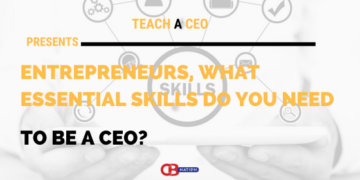
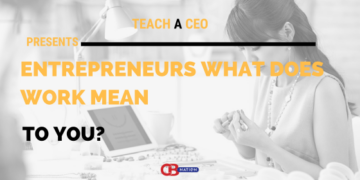


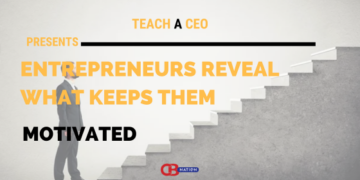
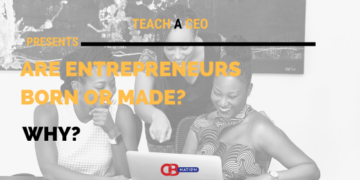
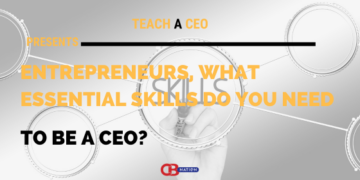
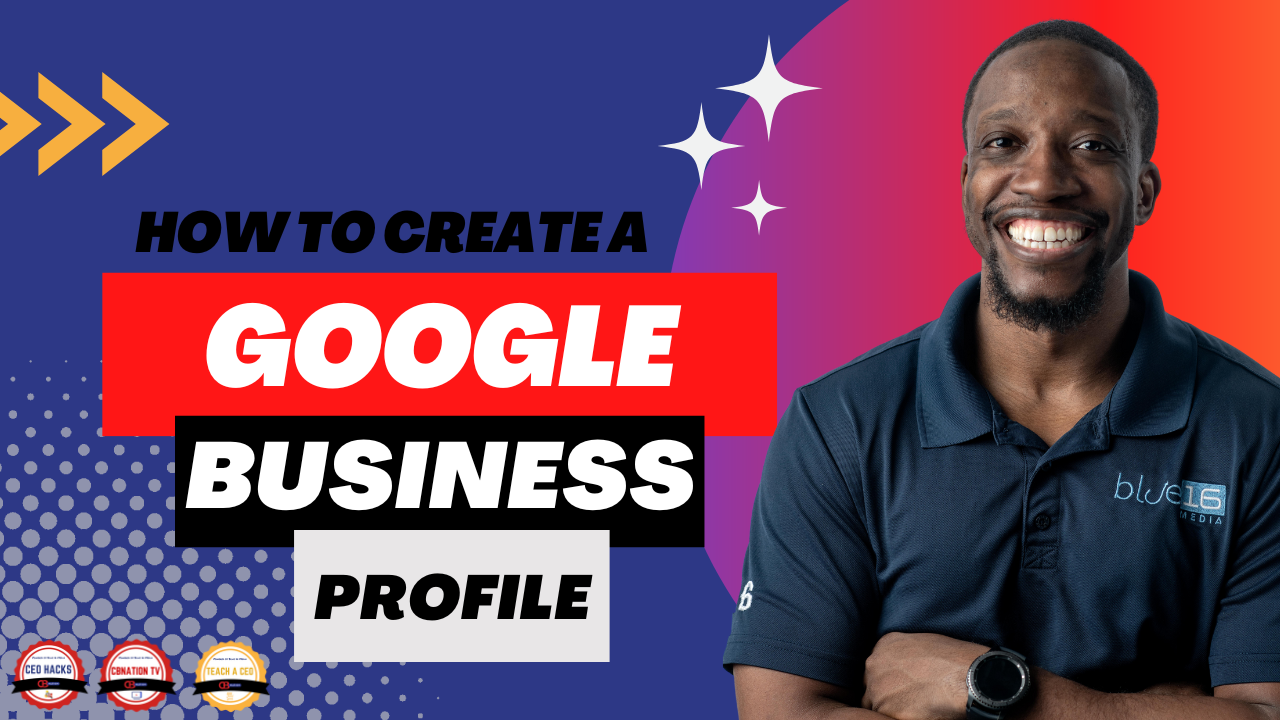


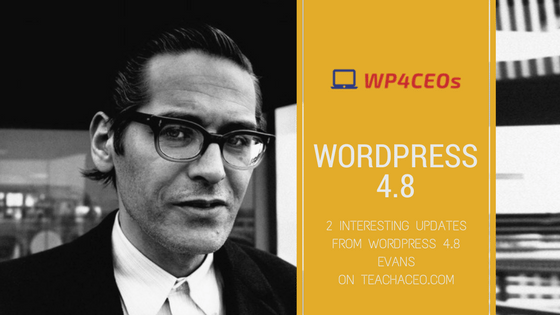



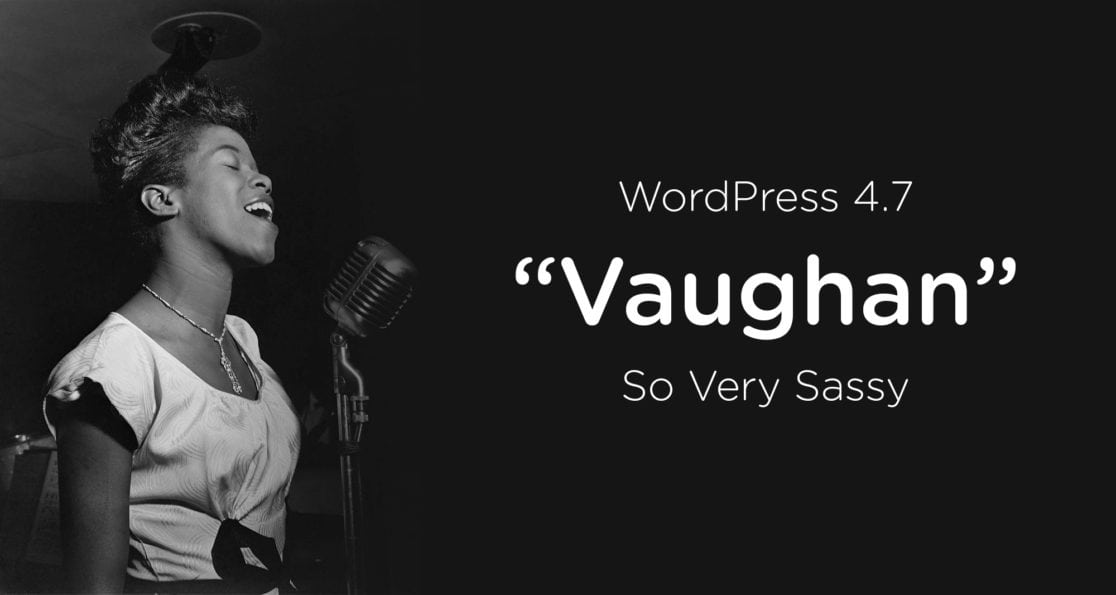

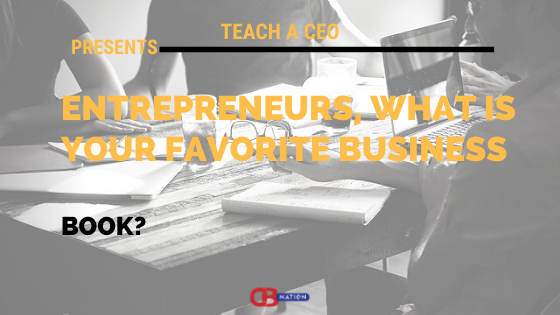


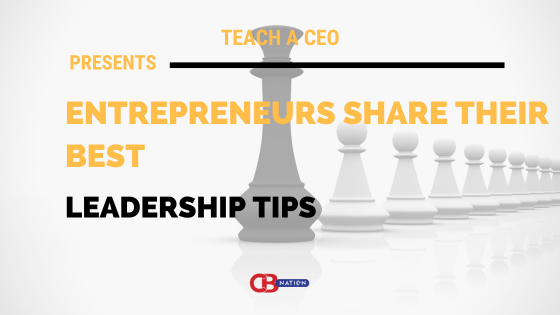




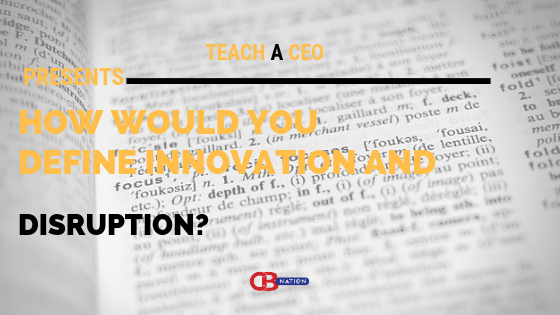
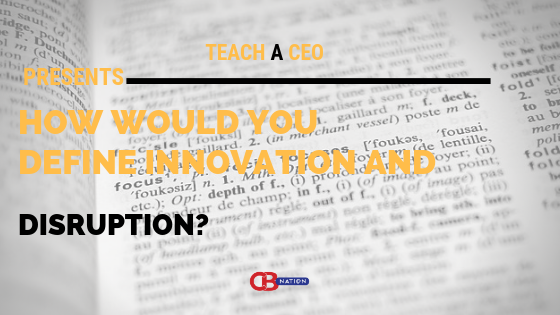





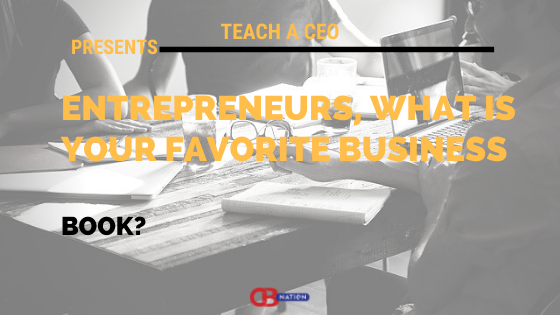
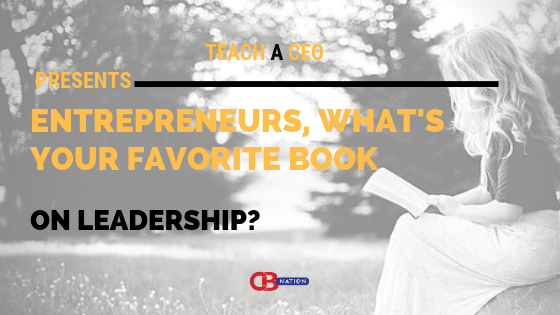







 |
|